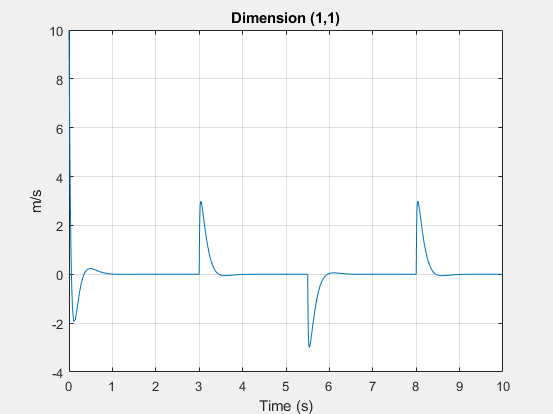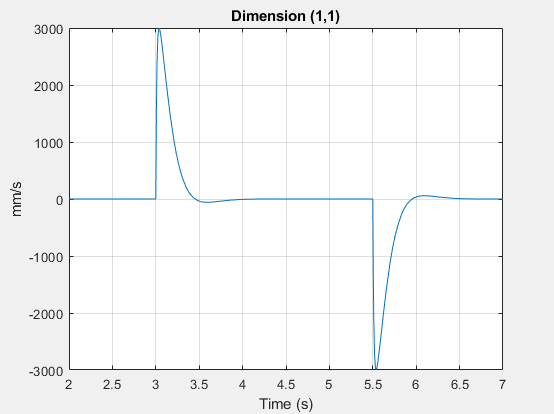plot
Plot logged simulation series values against time
Description
fh = plot(series)y-axis, with time along
the x-axis. fh is a structure of handles to
the resulting figures. series is a
simscape.logging.Series object. series must include
a full identifier path to the series, starting with the workspace log variable name.
fh = plot(series,Name,Value)Name,Value pair
arguments. For example, specify 'time' followed by a 1x2 vector,
[, to plot only the data within this time
range.start_time
end_time]
Examples
Input Arguments
Name-Value Arguments
Output Arguments
Version History
Introduced in R2010b

